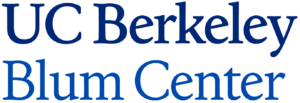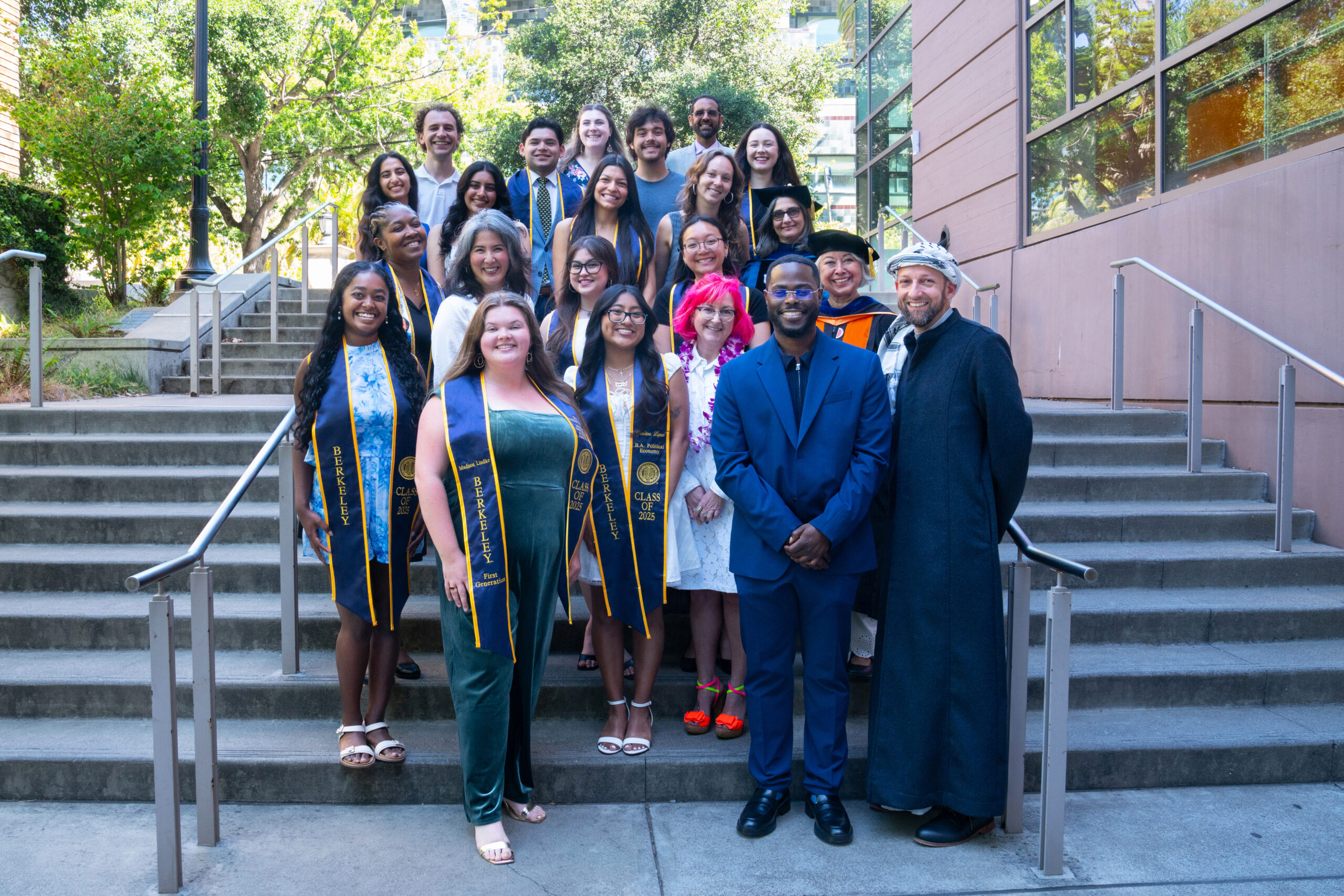By Tamara Straus
Ever since Hansen Lui was a kid, he loved building things and then taking them apart. During his undergraduate years at UCLA, he said his most valuable experiences took place not in class but in translational research labs, where he got hands-on experience and applied biological knowledge. So when Lui matriculated into the UC Berkeley-UCSF Joint Medical Program (JMP) this summer, he went looking for a similar way to connect his hands and his mind with his medical studies.
At Cal’s School of Information, he found a listing for a course called Hacking Measurement taught by Dav Clark, a fellow at the Berkeley Institute for Data Science, and Javier Rosa, a computer science and development engineering graduate student. Hacking Measurement appealed to Lui because it promised an experiential learning approach to measuring people and the environment through mobile devices, remote sensing, and the Internet of Things—a phenomenon of increasing importance to the healthcare field.
“Typically, we healthcare professionals lack an understanding of what goes on inside a machine,” said Lui. “And if you don’t know how a medical device works, you can’t figure out how to make it better or—in the case of developing countries—more accessible, affordable, or usable.”
Lui, along with fellow Hacking Measurement classmates Joris Ramstein, another JMP student, and Jong-Kai Yang, a master’s student at the Berkeley School of Information, have been getting together nights and weekends during the fall of 2015 to create a prototype for a biosensing device called HeartBEAT. The technology is a portable, low-energy, bluetooth-enabled electrocardiogram that can record the electrical activity of the heart using electrodes placed on a patient’s body.
Although there are now several companies selling portable consumer EKGs, such as Qardio, Lui, Ramstein, and Yang aim to design their device for low-income patients and clinics. “If you look at the price of getting an EKG test at a U.S. hospital, it’s $30 to $100 every time with insurance coverage, and $300-$1,200 without insurance. We hope to make our device available under $100,” said Lui.
Yang noted, however, that the device is in early prototype stages and is not very user-friendly. He said he and his classmates are just as interested in tinkering with the growing number of sensors as they are in taking this one to market.
“It’s a very self-driven class,” said Ramstein. “We’ve been learning not just about how to collect and visualize data, but also about using geospatial satellite images to understand how environmental changes are occurring.”
Clark said he has been surprised that the biggest draw for the course has not necessarily been the seminars, which are conducted by himself, Rosa, and guest speakers such as Fabien Chraim, a Cal grad and CTO of the 3D geospatial intelligence provider Civic Maps, and Dawn Nafus, an anthropologist leading Intel’s Data Sense team. Rather, students are drawn more to the “CoLabs,” where the tutorials and practicums on subjects such as visualization and exploratory data analysis take place with support from the Social Science Matrix, the D-Lab, and Berkeley Research Computing.
All Hacking Measurement students are working with clients, who help determine a project’s road map. One such client is Peter Sand of ManyLabs, an open science network and maker space in San Francisco that is working with students on air quality sensors. Another client is Temina Madon, executive director of UC Berkeley’s Center for Effective Global Action (CEGA), which is working with students on text scraping and integration of economic development data. Yet another student team is working with UC Berkeley research seismologist Robert Nadeau on earthquake measurement and visualization.
Clark compares the measurement possibilities that come from sensors similar to the manufacturing possibilities that have risen due to 3D printers. “Once you understand that building and deploying sensors is something that’s possible and feasible, your idea about how to measure impact changes dramatically,” said Clark. “And with the ability to directly measure things come better results.”
Rosa, who devises technological interventions to alleviate poverty and inequality in low-income regions, is seeing that data measurement and analysis are rapidly changing the social sciences, specifically the field of international development.
Among the big changes Rosa has witnessed is in microgrid design. By deploying smart meters, he and his colleagues in the DIL-supported Rural Electric Power Project in India have been able to use sensors to figure out when people are using electricity, how much electricity they are using, and from there what is the appropriate microgrid size to ensure efficient rural electrification. Recently, Rosa has been working with Niuera to build FlexBoxes, which monitor freezer consumption to enable the integration of renewable energy into emerging regions.
“This is the way to figure whether and an intervention that costs, say, a quarter million dollars actually benefits users, whether it can scale, and in what contexts,” said Rosa. “Direct measurement has just become crucial to evaluating projects for their impact.”



